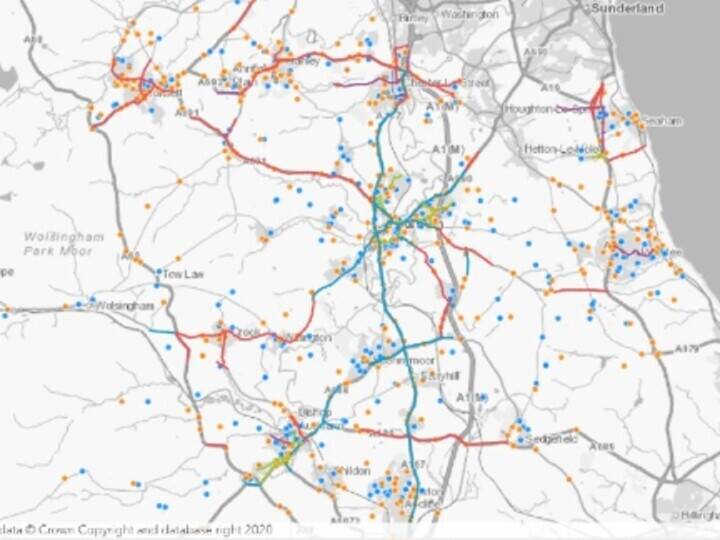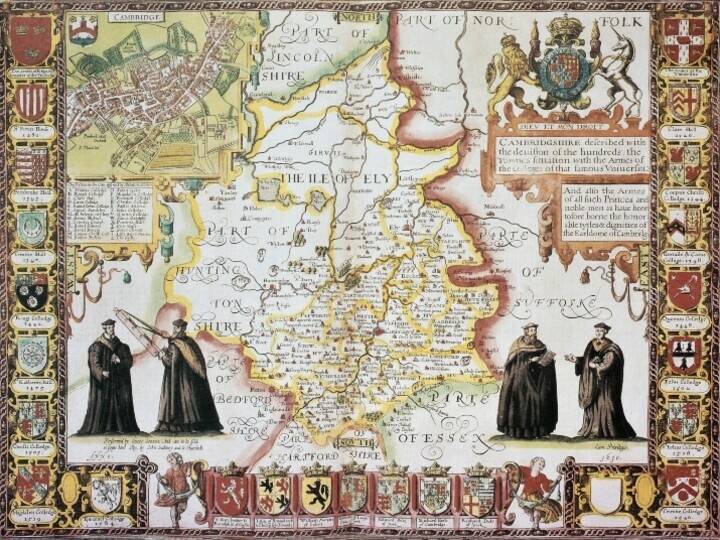NLPG Exemplar Award: Winner – ‘Most Improved’ 2006: Dartford Borough Council.
At Dartford, the LLPG has become a key part of the council’s infrastructure, where improved data quality and integration is transforming the way the council works and delivers its services to the public.
Dartford has been updating the NLPG hub on a weekly basis since 2005. By the end of 2007 match rates are confidently expected to be 100 per cent for council tax, electoral roll, business rates, housing and CRM. 86% of properties within the Borough now have geo-referenced coordinates for their spatial extents, which makes use of the LLPG with maps considerably easier. This information has been available via the council’s intranet since 2005, allowing the BLPU to be viewed on a map which enables the user to cross reference with other information layers. Direct data exports to update UPRN references exist between the LLPG and electoral roll, council tax, business rates, housing, benefits and the customer contact centre. In each case the UPRN has become the link mechanism for property identification.
The introduction of the LLPG across the council has resulted in continual improvement of the LLPG as departments now keep the LLPG custodian apprised of address change information. A number of other initiatives have been introduced to ensure continual improvement of data quality.
Outcomes
The use of the LLPG across the borough as a shared service has had a direct impact on service delivery facilitating a number of new initiatives:
Democracy.
The LLPG has been used to work out the best location for polling stations and has also identified households not listed on the electoral roll.
Council tax.
The LLPG has enabled a number of properties that had not been paying council tax to be identified.
Business rates and environmental health.
Business rates information is now linked to the LLPG and is being cross-referred to environmental health using the UPRN which has helped highlight properties not paying business rates or not holding the correct licenses. environmental health is using the LLPG to identify properties requiring re-cycling boxes, especially useful in the case of properties in multiple ownership such as flats.
Development control and regeneration.
Citizens can use the council’s website and online planning facility to view all planning information relating to their property. The department can also do visual checks on maps to see which properties have been consulted about particular planning applications and view any responses.
Building control.
The LLPG is now updated as soon as construction plans are available improving the monitoring of new build properties, the start of service provision and the collection of council tax.
New services.
It is now far easier to compile information across the council for analysis. This is particularly useful for large scale regeneration projects and funding bids, where detailed supporting information is required. The use of the NLPG makes the introduction of partnership working across different councils feasible by providing a framework for data sharing.
Auditing of systems for data quality and consistency has been improved. Managers can now view statistical information about their service, and compare it meaningfully within the council. As all information is referenced to the same system, information from disparate sources can be viewed together.
Key benefits
- The LLPG has become a shared service across the council, breaking down barriers and promoting data exchange between departments.
- UPRNs and BLPUs have become significant identifiers and invaluable tools for a number of new initiatives across the council.
- By the end of 2006, at least £12,000 has been collected through the identification of missing properties on council tax. This is due to increase with a number of other properties found but which are not yet banded, through comparison with business rates and as the VOA investigate anomalies.
- Using the gazetteer through multiple applications has helped to bring information together, which has been key for bringing the average land search turnaround down from eight days to five days. The people who used to update corporate property databases can now spend their time performing the key function of the section.
- There were three-five staff collecting information, which now comes from a central source. In the team itself, one officer has reduced their hours by a third.
- The LLPG will enable the council to monitor and co-ordinate significant growth in the borough over the next 10-25 years.



